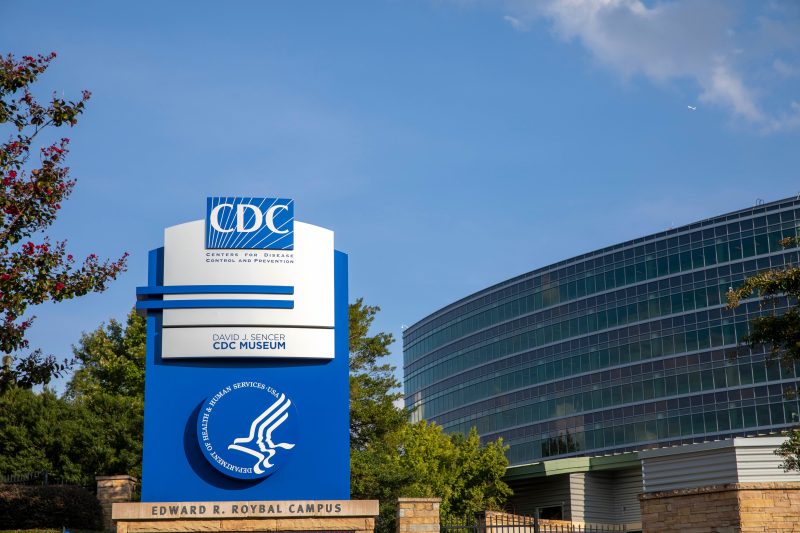
Hopeful Signs in Latest Drug Overdose Data Amid Continued High Death Rates
The latest data on drug overdoses in the United States has shed light on both promising developments and concerning trends. While there is hope in the form of a decrease in opioid-related deaths and increased access to treatment, the overall number of drug-related fatalities remains alarmingly high. This complex situation calls for a multifaceted approach that combines prevention, treatment, and harm reduction strategies to effectively address the ongoing public health crisis.
One positive aspect of the latest data is the decline in opioid-related deaths in certain regions. This downward trend can be attributed to various factors, including increased awareness about the risks of opioids, stricter regulations on prescription medications, and expanded access to naloxone, a life-saving overdose-reversal drug. These advancements represent important steps in the right direction and highlight the potential for reducing the devastating impact of opioids on communities across the country.
Furthermore, there has been a notable increase in the availability of evidence-based treatment options for individuals struggling with substance use disorders. Initiatives such as medication-assisted treatment (MAT) have proven to be effective in helping individuals manage their addiction and reduce the risk of overdose. By combining medications with counseling and support services, MAT offers a comprehensive approach to recovery that addresses the complex nature of substance abuse.
However, despite these positive developments, the overall number of drug-related deaths remains unacceptably high. The ongoing prevalence of illicit opioids, such as fentanyl, continues to contribute to a significant portion of overdose deaths. Fentanyl, a potent synthetic opioid, poses a particularly lethal threat due to its high potency and widespread availability on the black market. Efforts to combat the illicit distribution of fentanyl and other dangerous substances are crucial in preventing further loss of life.
In addition to addressing the supply side of the issue, it is equally important to focus on demand reduction strategies that aim to prevent substance use disorders in the first place. This includes implementing comprehensive prevention programs in schools, communities, and healthcare settings to educate individuals about the risks of drug misuse and promote healthy behaviors. By fostering a culture of prevention and early intervention, we can empower individuals to make informed choices and avoid the devastating consequences of addiction.
Moreover, harm reduction strategies play a vital role in mitigating the harms associated with drug use and overdose. Programs such as syringe exchange services, supervised consumption sites, and overdose prevention training have been shown to save lives and reduce the spread of infectious diseases. By providing individuals with access to safe resources and support, harm reduction initiatives offer a compassionate and pragmatic approach to addressing the complex needs of people struggling with substance use disorders.
In conclusion, the latest drug overdose data presents a mixed picture of progress and challenges in the ongoing fight against addiction and overdose. While there have been notable improvements in certain areas, such as the decline in opioid-related deaths and increased access to treatment, the persistently high number of drug-related fatalities underscores the urgent need for comprehensive and coordinated strategies. By continuing to invest in prevention, treatment, and harm reduction efforts, we can work towards a future where every individual has the support and resources they need to live healthy and fulfilling lives free from the grip of addiction.